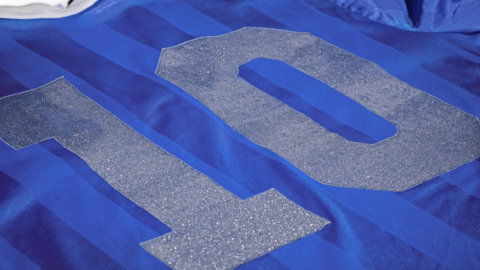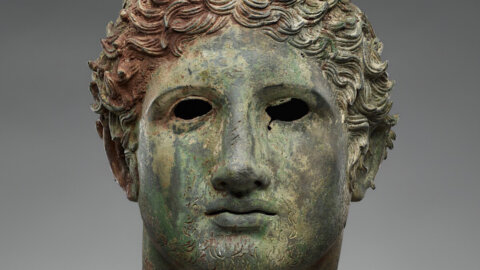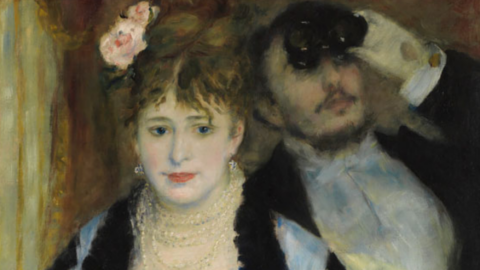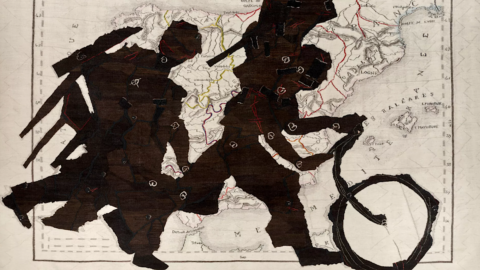The June 22 1986 Diego Armando Maradona, Aged 25, he made history in what is now one of the most famous football matches in the world: the quarterfinals between Argentina and England of FIFA World Cup.
Maradona on this occasion scored two of the most extraordinary and infamous goals in the sport. Argentina won the cup and this day cemented the name of Maradona permanently in the chronicle of the sport, with many to this day considering him the greatest ever to play the beautiful game. The first, known as the "Hand of God", occurred when Maradona scored a clever goal with his hand.
As the referees did not have a clear view of the game, the goal was stopped, giving Argentina a 1-0 lead in the contest. Following the match, Maradona was quoted as saying the now iconic goal was scored “a bit with Maradona's head, and a bit with the Hand of God. The second goal – the 'Goal of the Century' – which many consider the greatest individual goal of all time – occurred when Maradona dribbled past a host of England players, dancing around them angelic style, driving the ball onto the pitch and eventually scoring against England goalkeeper Peter Shilton. In conjunction with the 2002 World Cup, FIFA held a vote over the course of six weeks, with 340.000 attendees from over 150 countries, and it was then that this second lens received its recognition. At the end of the match, England midfielder Steve Hodge – who had unintentionally thrown the ball to Maradona on the “Hand of God. – approached Maradona and asked to swap shirts, a gesture that the player reciprocated.
At the end of the game, England midfielder Steve Hodge – who had inadvertently thrown the ball to Maradona on the game “Hand of God. – He approached Maradona and asked to swap shirts, a gesture that the player reciprocated. The jersey will now be offered on the market for the first time, with a dedicated online sale open for bidding from 20 April. For the duration of the auction, the shirt will be on public display in the Sotheby's New Bond Street gallery. Hodge states: “I've been the proud owner of this item for over 35 years, ever since Diego and I swapped shirts in the tunnel after the famous match. It was an absolute privilege to have played against one of the greatest and most magnificent footballers of all time. It has also been a pleasure to share it with the public over the last 20 years at the National Football Museum where it has been on display. The shirt has deep cultural significance to the world of football, the people of Argentina and the people of England and I am sure the new owner will be proud to own the most iconic football shirt in the world.”
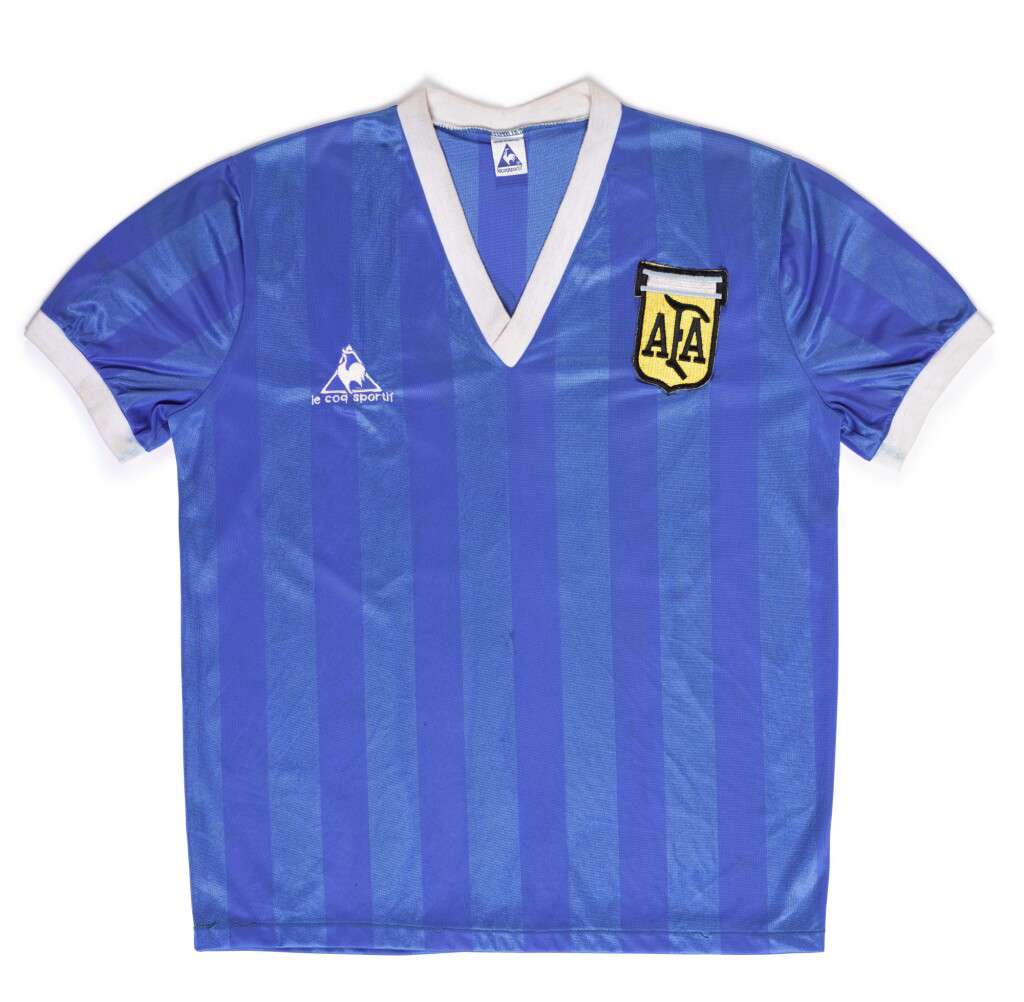
Beyond the history of football, the match was also symbolic for many, given the historical context of the rivalry between Argentina and England, especially the Falklands War, which occurred just four years earlier. This conflict and its grave outcome imbued the outcome with a profound context for both nations, as stated in Maradona's own autobiography. The shirt itself has a backstory of its own, as after beating Uruguay in the Round of XNUMX, manager Carlos Bilardo was concerned that their usual cotton shirts might be too heavy in Mexico City's searing heat and so are go looking for a last minute replacement. The choice boiled down to two options and Maradona took one look at this very style of shirt and said “That. We will beat England in that”. At training camp just before the game, improvised Argentine Football Federation patches were sewn on, and numbers were ironed on the back.

